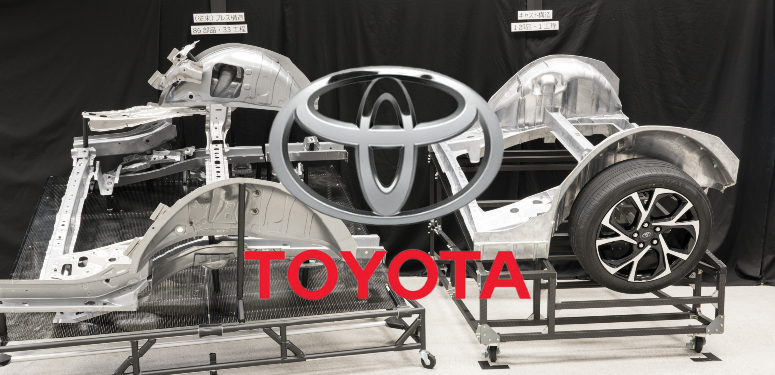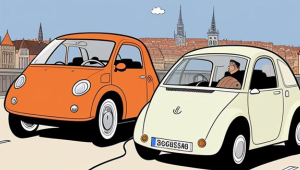Toronto, Ontario — With news coming out this week that Toyota is getting in on the gigacasting game at its assembly plants, experts at Reuters offered up an in-depth breakdown of why the relatively new design method is taking off in the EV sector.
Tesla was the first automaker to bring the term “gigacasting” to the car enthusiast’s lexicon in 2018, when it began using the massive Italian-built giga press machines to create lower cost, lighter weight frame casts for Tesla vehicles.
The gigacasting process, alternatively referred to as megacasting or megapressing, involves an injection of at least 80 kg of molten aluminium into a mould where it is formed into a part, released and then quickly cooled.
While Toyota represents the most recent major OEM to embrace the innovative lightweighting method, numerous other companies like General Motors, Hyundai, Volvo/Polestar, as well as Chinese EV-maker, Zeekr, have entered the fray.
Volvo said last year it would invest more than $900 million to upgrade its plant near Gothenburg, Sweden, to include gigapress technology, according to Reuters.
Ontario-based parts manufacturer Linamar announced plans in May to construct a gigacasting plant in Welland, set to open in 2025.
Analysts have pointed to Tesla’s use of gigacasting as a significant factor in the company’s industry-leading profitability, due in large part to the massive reduction in labour time required for the process.
The rear cast on the Tesla Model Y, for example, saved the company 40 percent of the cost of its production.
In the case of the Model 3, the introduction of front and rear casts allowed Tesla to remove 600 robots from the assembly line, CEO Elon Musk has claimed.
The most significant barrier blocking the wider adoption of this technology lay in its cost; both the cost to integrate the technology into the processes of legacy automakers, as well as the cost to repair massive, single-piece vehicle frames.
Experts predict that some companies may start making the switch in the future, once increased competition in the EV sector makes the investment more viable.






























